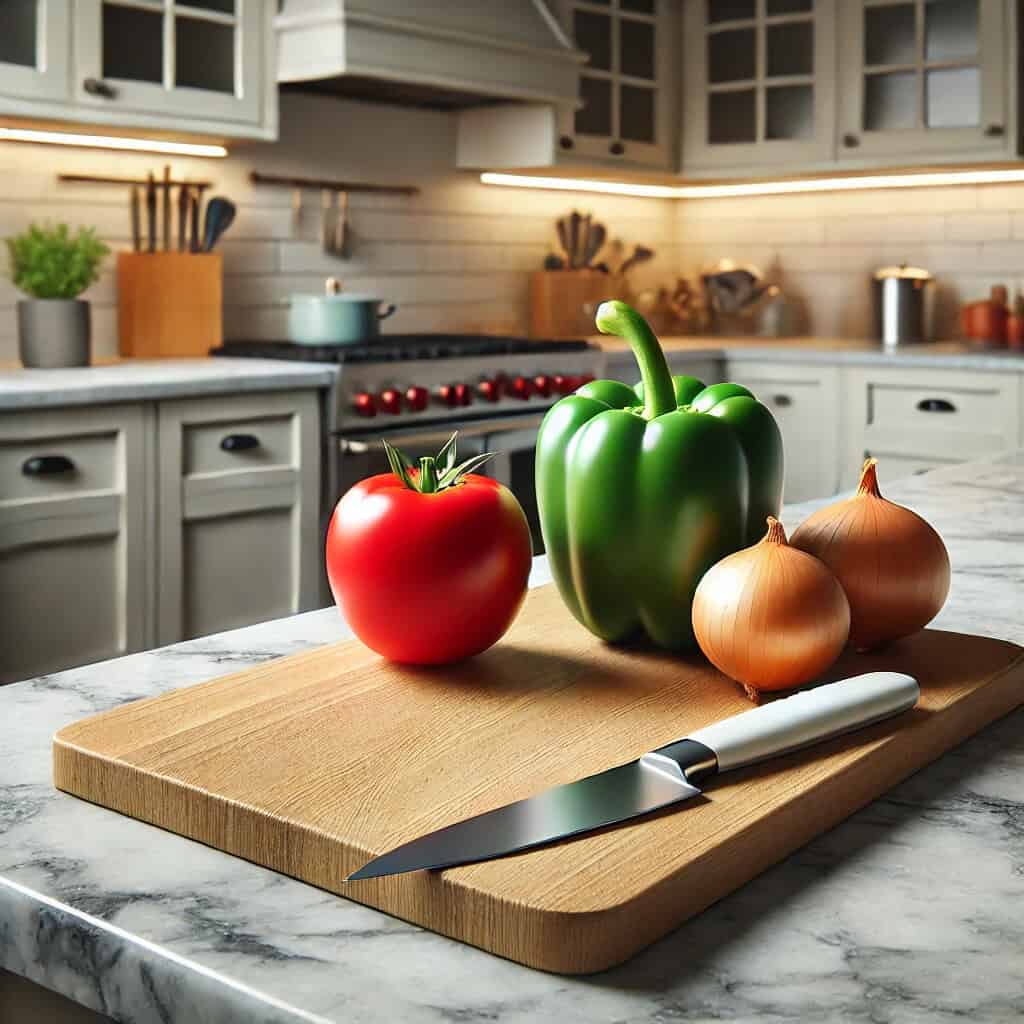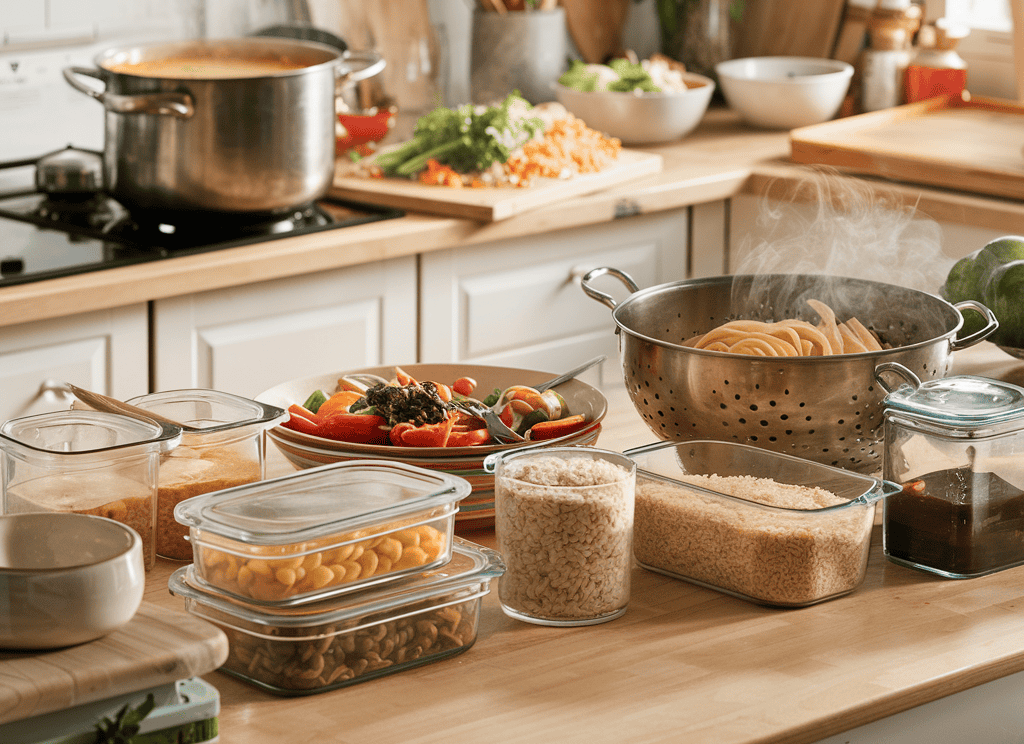Looking for a way to make life easier, save precious time, and eat healthier? Plant-based meal prepping could be your answer! This trending practice is all about preparing nutritious, plant-powered meals in advance to make your week stress-free and delicious. With benefits ranging from better health to a smaller carbon footprint, it’s no wonder everyone’s talking about it. Let’s dive in to explore what plant-based meal prepping really means, how it can transform your routine, and why you should start today.
What is Plant-Based Meal Prepping?
When I first started meal prepping with a plant-based focus, I’ll admit, it was a little overwhelming. I wasn’t sure what counted as a “complete” meal without some kind of animal protein. But then I learned the magic of pairing plant-based proteins like lentils, chickpeas, tofu, and quinoa with healthy like avocados, and fiber-rich veggies. The key principle here is balance—each meal should provide a good mix of macronutrients (carbs, proteins, fats) along with a variety of vitamins and minerals. I like to think of it as eating a rainbow every week, and it’s honestly been so satisfying.
One thing that really stands out with plant-based meal prepping is the focus on whole foods. Processed options are minimal; instead, you’re working with raw or minimally processed ingredients like fresh veggies, whole grains, and legumes. For example, instead of grabbing a box of flavored rice, you’d prep a big batch of brown rice or farro and season it yourself. It’s healthier, tastes fresher, and makes you feel like you’re genuinely nourishing your body.
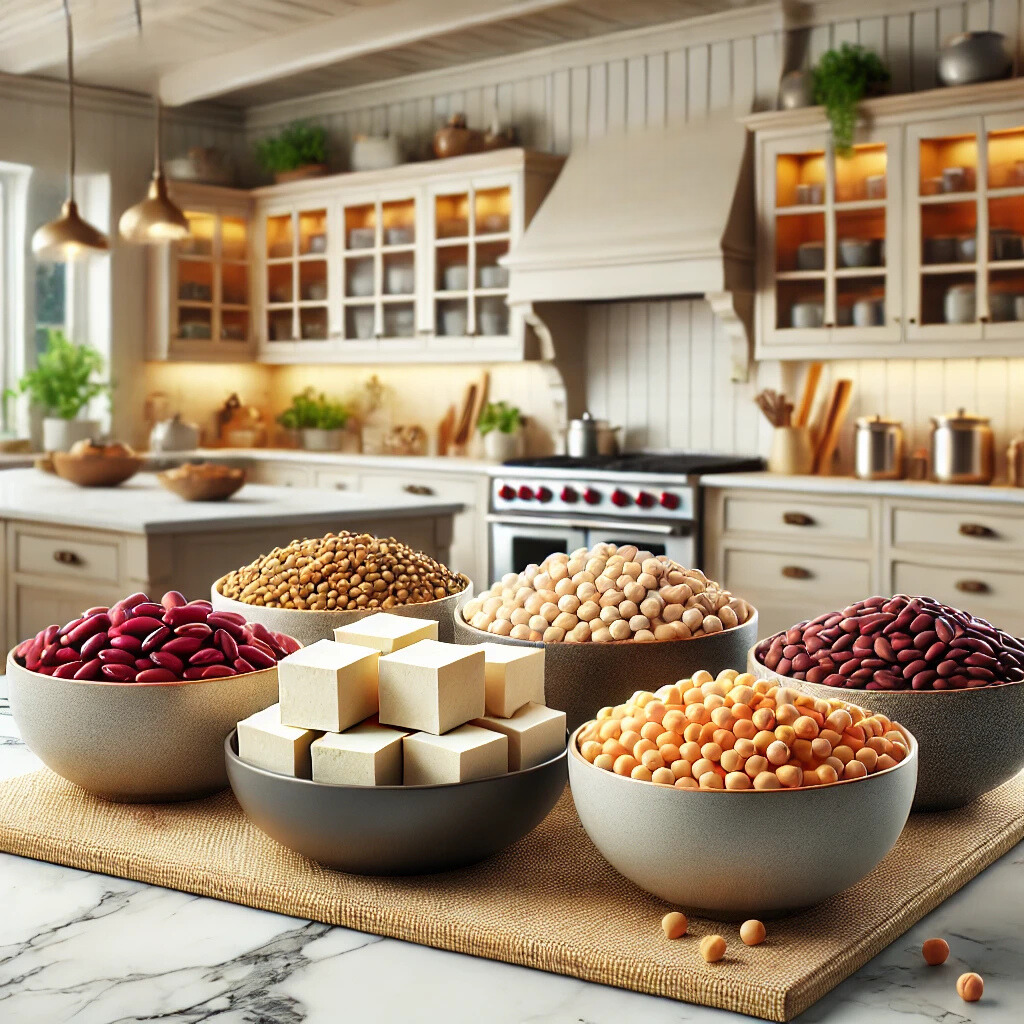
Another principle is leaning into plant-based proteins. At first, I thought I’d be stuck eating tofu every day, but the options are so much more exciting! Chickpeas, black beans, white beans, red beans, tempeh, lentils, even hemp seeds or edamame—these are all fantastic sources of protein that are easy to incorporate into meals. A quick hack I use? Roast chickpeas with a little olive oil and spices for a crunchy snack or salad topper. It’s a game-changer.
Plant-based meal prepping also shines when it comes to nutrient density. Because the meals are based on plants, they’re naturally loaded with fiber, antioxidants, and other goodies that support your health. I’ve found that starting my week with a fridge full of prepped grain bowls, mason jar salads, and veggie-packed soups makes it so much easier to stay on track with eating well.
So, how does plant-based meal prepping differ from other styles of meal prepping? For one, it’s less about portioning out identical meals and more about creating a variety of components that can mix and match. Think roasted sweet potatoes, a creamy tahini dressing, a big batch of brown rice, and some sautéed spinach—these can come together in so many ways throughout the week.
The biggest difference, though? The creativity. Plant-based meal prepping encourages you to experiment with spices, textures, and flavors in ways you might not with more traditional meal prep. Instead of plain grilled chicken and broccoli, you’re exploring smoky roasted cauliflower or a zesty lemon-turmeric dressing. And trust me, once you get the hang of it, it’s just as fast, if not faster, than prepping meals the old way.
Benefits of Plant-Based Meal Prepping
Plant-based meal prepping isn’t just a trendy habit—it’s a game-changer for anyone looking to simplify their life, stay healthy, and even help the planet. When I first started meal prepping, I wasn’t sure if it was worth the effort, but it didn’t take long to see how much smoother my weeks became. Whether you’re juggling work, family, or just a packed schedule, this approach has benefits that go far beyond convenience.
Saves Time and Reduces Weekday Stress
Having ready-to-eat meals or prepped ingredients in the fridge means you can skip the daily “what’s for dinner?” panic and go straight to enjoying a healthy, delicious meal. Plus, meal prepping isn’t just about convenience—it can actually help reduce anxiety and stress by bringing more structure to your week. If you want to explore the mental benefits of meal prep, check out my article on How to Meal Prep to Reduce Your Anxiety and Stress.
Supports a Healthier Lifestyle with Nutrient-Packed Meals
Let’s be honest, when we’re in a rush, it’s tempting to grab something quick and not-so-healthy. Meal prepping eliminates that temptation by putting wholesome, nutrient-dense meals at your fingertips. Instead of delivering an order of Chinese food, I’ve got rice bowls with roasted veggies and tahini dressing ready to go. The best part? Prepping ahead means you control what goes into your food—no sneaky preservatives, excessive sodium, or unhealthy fats. Plus, I’ve noticed that having a fridge full of prepped meals helps me stick to my health goals without even thinking about it.

Eco-Friendly and Reduces Food Waste
This might be my favorite benefit: meal prepping is great for the planet. By planning your meals, you’re less likely to buy food you don’t need, which means less waste at the end of the week. I used to throw out half-used bunches of spinach or forgotten zucchinis buried in the crisper drawer. Now, I plan recipes that use overlapping ingredients, like adding spinach to both a smoothie and a soup. Bonus? When you buy in bulk—think grains, legumes, and nuts—you cut down on packaging waste, too.
Saves Money by Planning Meals in Advance
I didn’t realize how much money I was wasting until I started meal prepping. Those last-minute takeout orders and impulse buys at the grocery store add up fast! Planning meals in advance helps you stick to a budget because you’re only buying what you need. For example, instead of randomly grabbing veggies, I plan for a week’s worth of meals and shop accordingly. Prepping in batches also saves money—I’ll make a big pot of lentil soup or a tray of roasted veggies that stretches across multiple meals. Trust me, your wallet will thank you.
In a nutshell, plant-based meal prepping is a win-win-win. You save time, feel healthier, spend less money, and even do your part for the environment. Honestly, once you get the hang of it, it feels like having a secret weapon for an organized, stress-free life. If you haven’t tried it yet, now’s the time—you’ll wonder how you ever lived without it!
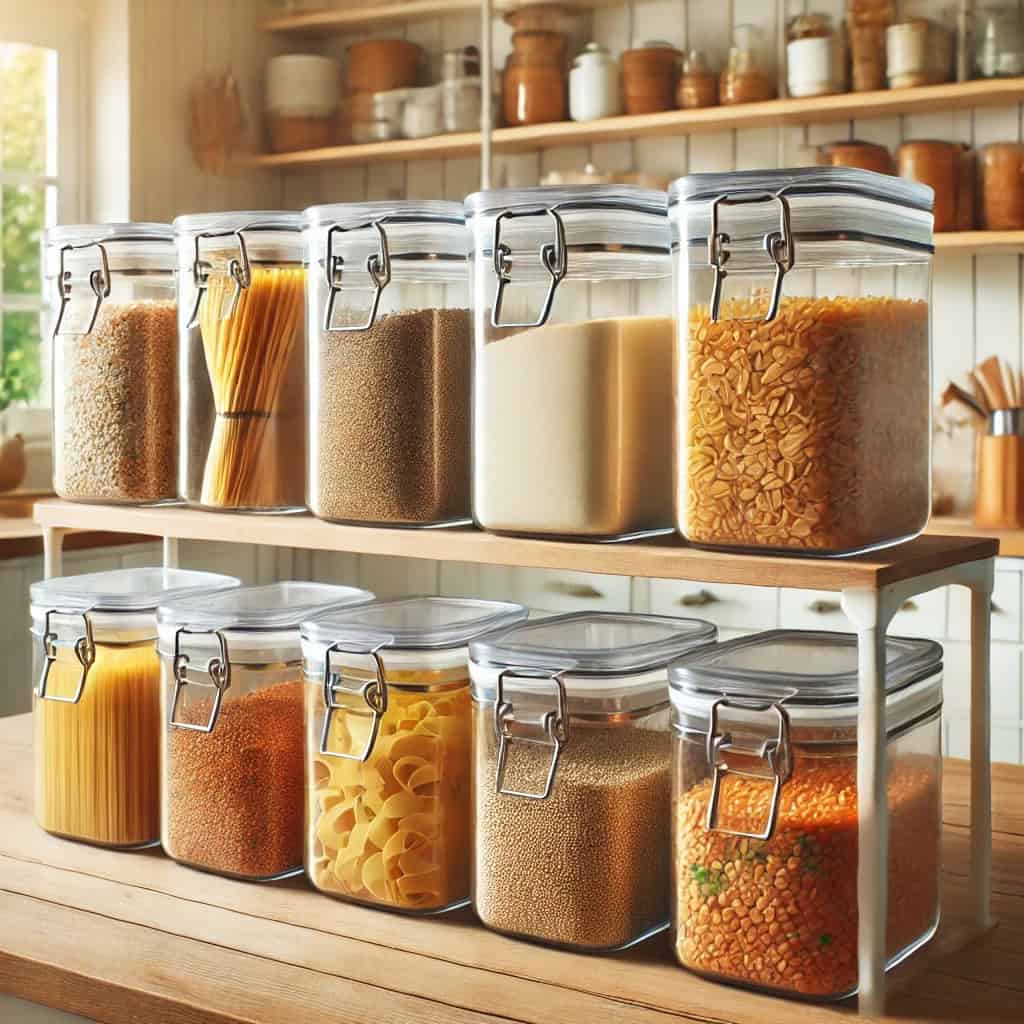
How to Get Started with Plant-Based Meal Prepping
Getting started with plant-based meal prepping might feel like a big leap, but it’s surprisingly simple when you break it into steps. The key is to take it one phase at a time and not expect perfection right away (spoiler: my first week was a mess of mismatched containers and forgotten ingredients). Here’s a straightforward guide to help you prep like a pro, even if you’re just starting out.
Step 1: Plan Your Meals for the Week
Before you even think about chopping veggies, take a few minutes to plan your meals. This step is crucial—it saves time, reduces waste, and ensures you’ll have balanced meals throughout the week. Start by deciding on 3-4 main dishes you can rotate, like a hearty lentil soup, grain bowls, or a veggie stir-fry. Don’t forget breakfast and snacks! I love prepping overnight oats and energy bites because they’re quick and versatile. Pro tip: Keep it realistic. If you know you’ll eat out one or two nights, don’t over-plan and end up with food waste.
Step 2: Create a Grocery List and Shop Smart
Once you’ve planned your meals, write down everything you’ll need. Group items by section—produce, grains, canned goods, etc.—to make your shopping trip efficient. If you’re not sure what staples to keep on hand, check out my guide on Plant-Based Pantry Staples for Easy Meal Prep for a downloadable shopping list to make your grocery runs even easier.
Step 3: Prep Ingredients in Batches
Here’s where the magic happens: batching! Choose a time—Sunday afternoons are popular—and dedicate a couple of hours to prep. Start with the tasks that take the longest, like cooking grains or roasting veggies. While those are going, wash and chop raw veggies for snacks, like carrot sticks or bell pepper slices. Prep proteins like a big pot of black beans or tofu marinated and baked. When I started, I’d focus on one recipe at a time, but batching multiple components is a huge time-saver.
Step 4: Store and Label Meals for Easy Access
Once everything’s prepped, it’s time to pack and store. Use clear containers so you can see what’s inside at a glance, and label them with the meal name and date. Trust me, future-you will thank you for not having to guess whether that container is quinoa or couscous. For freezer-friendly meals, make sure to use airtight containers to avoid freezer burn. If you’re prepping sauces or dressings, portion them into small jars to keep flavors fresh.
Tips for Beginners to Avoid Overwhelm
- Start Small: Don’t try to prep every single meal right away. Focus on one or two meals, like lunches or dinners, and expand as you get more comfortable.
- Choose Simple Recipes: Stick to recipes with minimal ingredients and steps, like a chickpea salad wrap or veggie stir-fry.
- Invest in the Right Tools: You don’t need a fancy setup, but sharp knives and good containers make a huge difference.
- Stay Flexible: Life happens—maybe you don’t feel like eating that quinoa bowl on Wednesday. That’s okay! Repurpose ingredients into a different dish, like a wrap or stir-fry.
- Celebrate Wins: Even prepping just one meal ahead can save you time and stress. Celebrate the small victories and build on them.
Getting started with plant-based meal prepping is all about finding what works for you. Once you get the hang of it, you’ll wonder how you ever lived without those neatly stacked containers of ready-to-eat meals. Start simple, stay consistent, and enjoy the freedom of having healthy, plant-powered meals at your fingertips!
Popular Plant-Based Meal Prep Ideas
When it comes to planning what you are going to eat, variety is your best friend. The beauty of this is that you can be very creative and colorful with your selections, keeping your week exciting and your taste buds happy. If you’re feeling stuck or unsure where to start, here are some tried-and-true ideas for every meal of the day, plus snacks to keep you fueled between meals.
Breakfasts: Overnight Oats, Smoothie Packs, and Chia Puddings
Mornings can be chaotic, but prepping your breakfasts ahead of time makes them smooth and stress-free. Overnight oats are a lifesaver—just combine rolled oats, plant-based milk, a sweetener like maple syrup, and toppings like berries or nuts in a jar. Let them sit overnight, and they’re ready to grab on your way out the door. Want a detailed recipe to try? Check out my Chocolate Protein-Packed Overnight Oats for a delicious, nutrient-packed start to your day!
Smoothie packs are another go-to. Pre-portion frozen fruits, spinach, and even a scoop of protein powder into bags or containers. In the morning, just dump the contents into a blender with your choice of liquid, and voilà—a nutritious breakfast in minutes. Chia puddings are perfect for variety: mix chia seeds with plant-based milk, let them thicken overnight, and top with fresh fruit or granola for a filling, fiber-packed start to your day.
Lunches: Grain Bowls, Wraps, and Salads in Jars
For lunch, I’m a huge fan of grain bowls because they’re so versatile. Start with a base like quinoa or brown rice, then layer on roasted veggies, greens, and a plant-based protein like chickpeas or tofu. Add a drizzle of tahini or a homemade dressing, and you’re good to go.
Wraps are another favorite. Prep your fillings—think hummus, roasted veggies, and spinach—and store them separately. When you’re ready to eat, roll everything into a whole-grain tortilla for a fresh, satisfying meal. Salads in jars are great for keeping things crisp. Layer your ingredients starting with the dressing on the bottom, followed by hearty veggies, grains, and leafy greens at the top. Shake it up before eating, and you’ve got a perfectly mixed salad with no soggy lettuce.
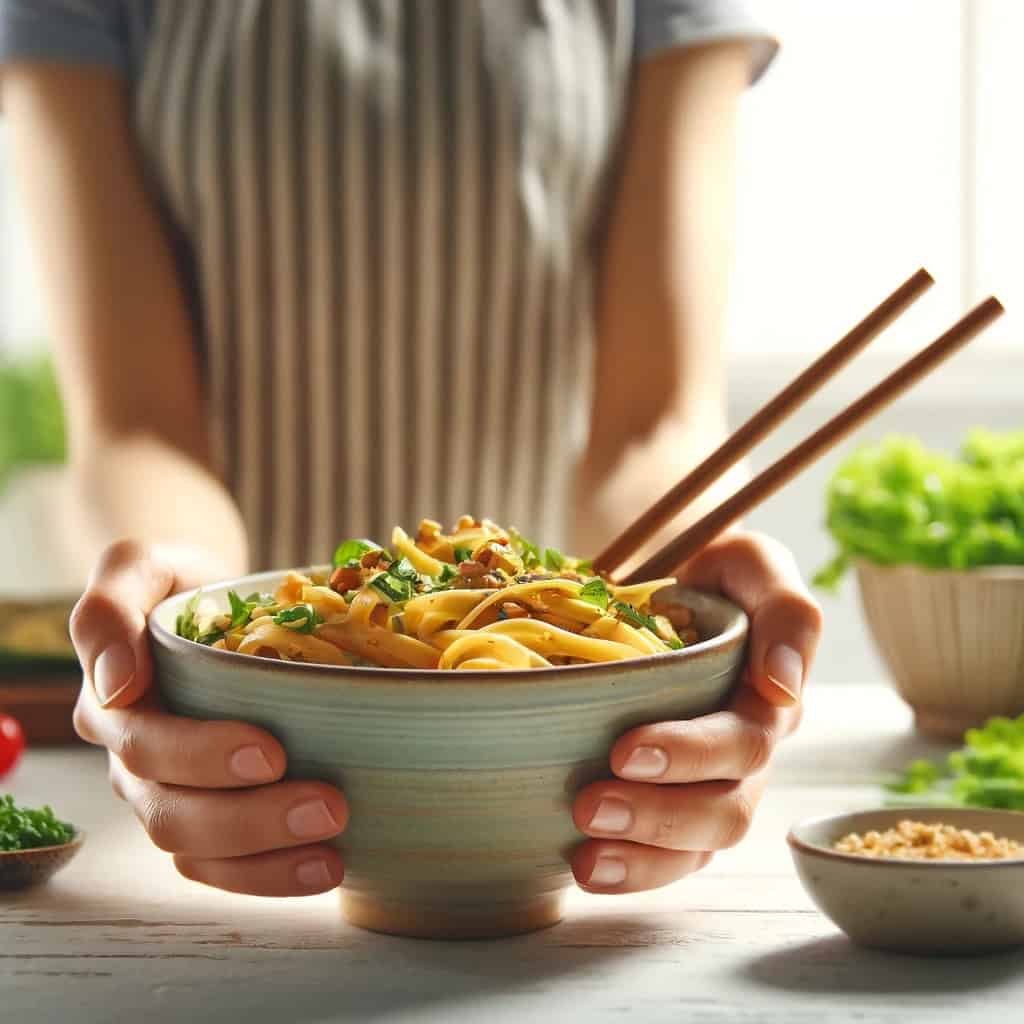
Dinners: One-Pot Pastas, Stir-Fries, and Sheet Pan Meals
Dinner prep doesn’t have to be complicated, and these options prove it. One-pot pastas are a dream—you can cook your pasta, veggies, and seasonings all in one pot, saving time and dishes. I like to add spinach and cherry tomatoes to mine with a creamy cashew sauce for a comforting, plant-based twist.
Stir-fries are quick, flavorful, and endlessly customizable. Chop your veggies in advance and store them in the fridge so you can toss them into a hot pan with tofu or tempeh and your favorite sauce when it’s time to eat. For something even easier, sheet pan meals are the way to go. Roast a mix of veggies like sweet potatoes, Brussels sprouts, and bell peppers with your preferred seasonings. Add chickpeas or marinated tofu for protein, and you’ve got a complete meal with minimal effort.
Snacks: Energy Bites, Roasted Chickpeas, and Veggie Sticks with Dips
Snacks are where meal prepping really shines. Energy bites are a must-have—they’re like little balls of happiness. Mix oats, peanut butter, maple syrup, and add-ins like chocolate chips or chia seeds. Roll into bite-sized pieces and store them in the fridge for an easy grab-and-go snack.
Roasted chickpeas are another favorite. Toss chickpeas with olive oil and your seasoning of choice (I love smoked paprika or curry powder), then bake until crispy. They’re perfect for satisfying a crunchy snack craving. And of course, you can’t go wrong with veggie sticks paired with a plant-based dip like hummus or guacamole. Pre-cut carrots, celery, and bell peppers at the start of the week, and you’ll never reach for a bag of chips again.
These plant-based meal prep ideas prove that healthy eating doesn’t have to be boring or time-consuming. Mix and match these ideas to create a week full of exciting, nutrient-packed meals that’ll keep you energized and satisfied. With a little prep, you’ll feel like a pro in no time!
Tips for Staying Consistent with Meal Prepping
Meal prepping can feel like a lifesaver when you’re busy, but staying consistent is the real challenge. Life happens—work gets hectic, social plans pop up, and sometimes you just don’t feel like chopping vegetables for hours. Trust me, I’ve been there. But the good news? With a few simple strategies, you can keep your meal prep routine on track without it feeling like a chore.
Set a Weekly Schedule for Prepping
Consistency starts with planning. Choose a specific day and time each week for meal prepping and stick to it. For many people, Sunday afternoons are ideal, but if that doesn’t work for you, pick another time that fits your schedule. When I started, I’d often put off prepping because I felt “too busy.” But once I treated it like a non-negotiable appointment, it became part of my routine. To make it more enjoyable, I turn on my favorite playlist or a podcast—it makes the time fly by.

Rotate Recipes to Keep Things Exciting
Eating the same meals every week can get boring fast, and boredom is a recipe for burnout. The key is to rotate recipes or tweak your staples to keep things fresh. For example, if you love grain bowls, swap farro for quinoa or switch up the toppings. Or try theme weeks—one week could feature Mediterranean-inspired dishes, while the next focuses on Asian flavors. Exploring new cuisines and seasonal ingredients keeps me excited to dive into my prepped meals.
Track Your Progress and Celebrate Small Wins
It’s easy to forget how far you’ve come, especially if you’re just starting out. Keep track of your progress, whether that’s saving time, reducing food waste, or eating healthier. I use a simple notebook to jot down what worked and what didn’t each week. Did you try a new recipe and love it? Celebrate that win! Even prepping just a few meals ahead is an achievement, so give yourself credit where it’s due.
Overcome Common Challenges Like Time Constraints or Burnout
Let’s face it—there will be weeks when meal prepping feels overwhelming. If you’re short on time, focus on prepping just one or two key components, like roasting veggies or cooking a big batch of grains. Those small steps can still make a big difference. Burnout is another hurdle. When I start feeling it, I remind myself why I began meal prepping in the first place—whether it’s to save money, eat healthier, or simplify my life. Giving yourself grace and allowing a week off now and then can also help you reset.
Meal prepping doesn’t have to be perfect to be effective. By setting a schedule, keeping meals exciting, tracking your wins, and tackling challenges head-on, you can make it a sustainable part of your lifestyle. And remember, it’s okay to start small—progress, not perfection, is what matters most. Keep experimenting, stay flexible, and enjoy the benefits of having healthy, delicious meals ready when you need them!
If you’re looking for an even easier way to get started, some meal delivery services offer pre-portioned, plant-based meal kits that simplify meal prep even further. These kits are designed for beginners and can help you explore new recipes without the hassle of planning and shopping. Take a look at my recommendations for the 5 Best Plant-Based Meal Prep Kits for Beginners to find an option that works for you.
Conclusion
Plant-based meal prepping isn’t just about saving time; it’s a lifestyle that promotes health, sustainability, and convenience. Whether you’re new to plant-based eating or a seasoned pro, meal prepping can streamline your routine and help you enjoy nutritious meals every day. Ready to start your journey? Grab your favorite recipes, prep your pantry, and dive into the world of plant-based meal prepping—you’ll thank yourself later!

